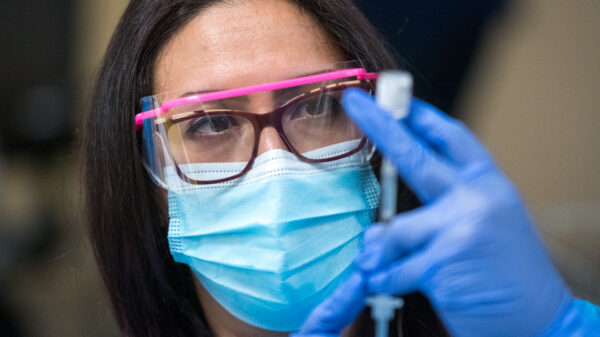According to researchers from the National Institutes of Health and the Centers for Disease Control and Prevention, one difference between Asian Americans and the other groups studied was that Asian Americans often develop type 2 diabetes at a lower body mass index.
“The large proportion of people with undiagnosed diabetes points to both a greater need to test for type 2 diabetes and a need for more education, especially among Asian Americans,” said the study’s senior author Catherine Cowie, director of diabetes epidemiology programs at the NIH’s National Institute of Diabetes and Digestive and Kidney Diseases.
Using newly available 2011-2012 data from the CDC’s National Health and Nutrition Examination Survey, researchers were able to quantify diabetes prevalence for Asian Americans for the first time.
The data showed that the average BMI for all Asian Americans surveyed was under 25. For the U.S. population overall, the average BMI was just below 29.
A BMI of 25 to 29 is considered overweight, and a BMI of 30 or greater is considered obese.
“The American Diabetes Association recommends Asian Americans get tested for diabetes at a BMI of 23 or higher, a lower BMI threshold than the general population,” the study noted.
Additionally, the prevalence of diabetes for all American adults went up from nearly 10 percent to over 12 percent between 1988 and 2012.
Diabetes prevalence also went up in every age, sex, level of education, income and racial or ethnic subgroup.
Since the Asian population is diverse, “we do not yet have data on differences within that population. Getting more specific data on Asian and other subgroups may help better pinpoint education and diagnosis efforts,” added first author Andy Menke, an NIDDK contractor.
“By learning more about who has diabetes, as well as who has the disease but does not know it, we can better target research and prevention efforts,” noted NIDDK director Griffin P. Rodgers, M.D.
The results were published in the Journal of the American Medical Association.










